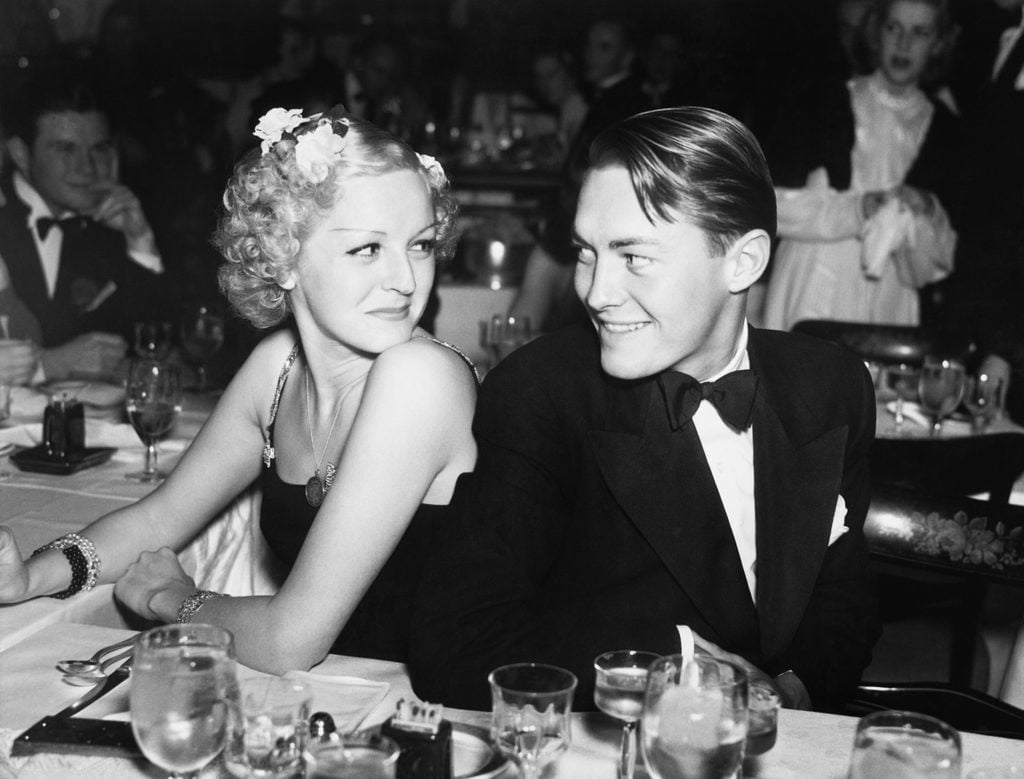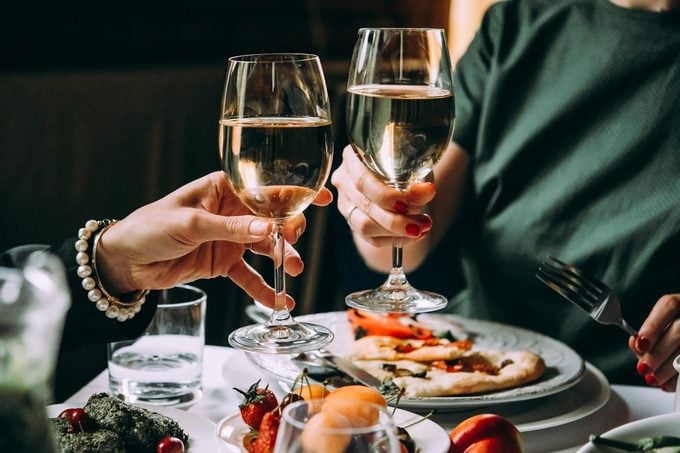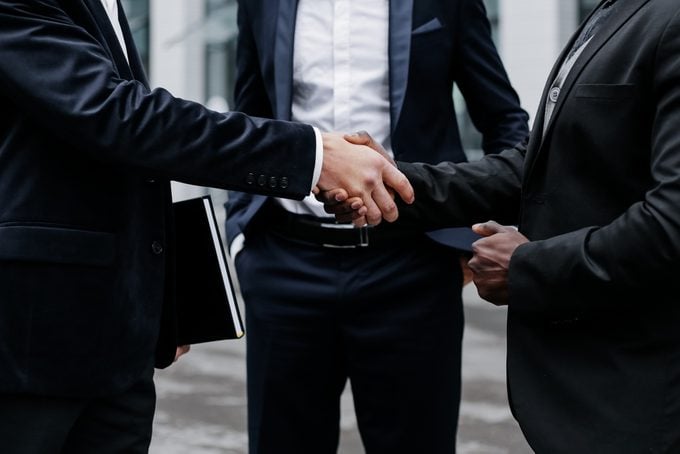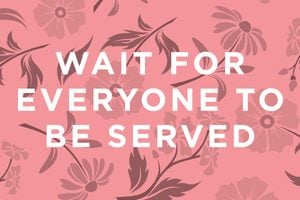Elbows on the Table: Why Is It Considered Rude?
Updated: Jan. 30, 2024

Elbows—we all have them. So why do we police where we put them?
It’s not just your mom’s arbitrary rule; across cultures and throughout history, elbows on the table have long been considered taboo. Indeed, the Book of Ecclesiasticus, part of the Old Testament in the Bible, warns of the pitfall of putting your elbows on the table, and in 1530, Dutch philosopher Erasmus reiterated the same rule in A Handbook on Good Manners for Children, for guttersnipes and grown-ups alike, barring the elderly and infirm. Even the etiquette experts at the Emily Post Institute don’t advise it.
So, why have elbows on the table always been considered rude? The reason is much more intuitive than you’d think.
For earlier civilizations, this rule functioned to prevent possible violence at the table. “Table manners prevented us from leaving our space and starting a fight. It was important that people saw you as considerate or trying hard,” says Margaret Visser, author of The Rituals of Dinner: The Origins, Evolution, Eccentricities, and Meaning of Table Manners. Our place setting’s fork and knife already act as an imaginary boundary for our allotted space at the table, so neglecting or fracturing that border indicates that you have no regard for order and are therefore potentially unhinged—who knows what else you’re capable of! As Visser notes, “People got scared when you started having bad manners. They realized the taboo was not functioning and you didn’t know what this person was going to do next.”
Today, though, we’re less apt to lunge over the table during a business lunch gone awry than we may have been a few hundred years ago, but before you go tossing your elbows with abandon, there’s still a degree to which the rule applies. While keeping your elbows off the table can’t be traced back to a single culture or civilization, it more so belongs to the universal language of principle, according to Henry Hitchings, author of Sorry! The English and Their Manners. “It embodies two ideas, that at mealtime one shouldn’t do anything that inconveniences other diners, and that a meal is a formal occasion where one shouldn’t behave in an overfamiliar fashion,” Hitchings says. So, no elbows on the table boils down to our innate, human instinct to avoid transgression, especially over another’s comfort and space.
However, that’s not to say that in the here and now leaving your elbows on the table will bring dishonor upon your family. “Manners aren’t set in stone; they’re written in sand. They evolve with the times to meet our needs and sensibilities,” explains Maralee McKee, founder of Manners Mentor Inc. In fact, some body language discourse now suggests that elbows on the table are a sign of appearing engaged and focused on the conversation at hand, and many etiquette experts these days don’t even follow or recommend this rule anymore. Above all, heed the Emily Post Institute’s golden rule: “Being considerate, respectful, and honest is more important than knowing which fork to use. Whether it’s a handshake or a fist bump, it’s the underlying sincerity and good intentions of the action that matter most.” So, having your arms on display while wielding a butter knife may once have seemed menacing, but during conversation between courses, anything goes—just be sure you’re not making any of these table etiquette mistakes instead.


